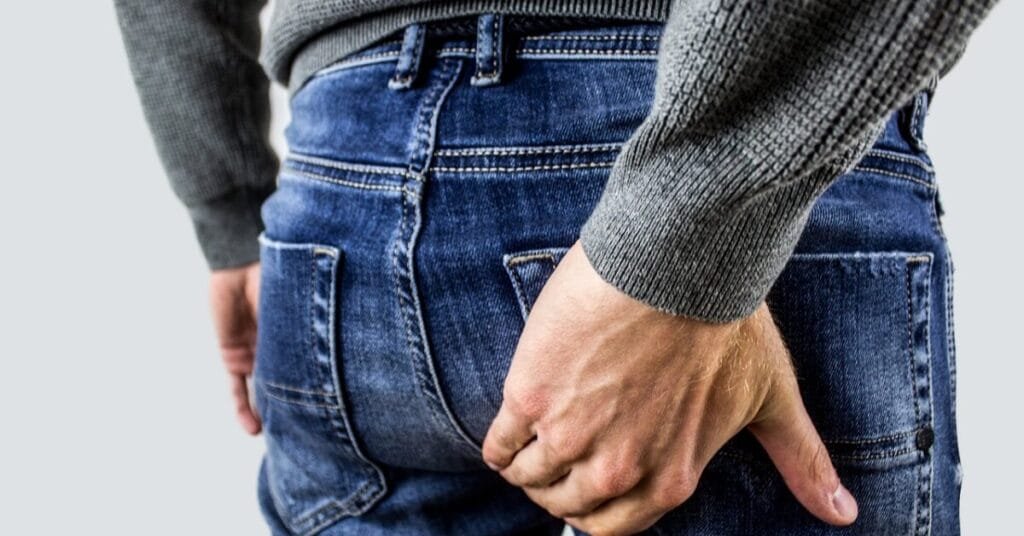Understanding Hemorrhoids: From Silent Swelling to Painful Prolapse
A Story of Silent Suffering
Sarah, a 35-year-old teacher, noticed bright red blood on her toilet paper after a particularly stressful week. Embarrassed, she ignored it—until a throbbing lump near her anus made sitting unbearable. A visit to her doctor revealed she had a thrombosed external hemorrhoid. Like millions worldwide, Sarah’s story highlights how hemorrhoids, though common, are often misunderstood. Let’s unravel the science behind this condition, from internal discomfort to external agony.
Hemorrhoids: More Than Just “Varicose Veins”
Hemorrhoids are vascular cushions lining the anal canal, essential for continence and anal closure. When these structures swell due to pressure or inflammation, they transition from physiological aids to pathological burdens. Nearly 50% of adults experience symptomatic hemorrhoids by age 50, with risk factors including pregnancy, chronic constipation, and sedentary lifestyles.
Internal Hemorrhoids: The Silent Bleeders
Location & Symptoms
Internal hemorrhoids form above the dentate line—a boundary in the anal canal lacking pain receptors. This explains why they often go unnoticed until bleeding occurs. Symptoms include:
- Bright red blood on stool, toilet paper, or in the bowl.
- Mucus discharge causing itching.
- A sensation of incomplete bowel movements.
Prolapse: When Internal Hemorrhoids “Drop”
Untreated internal hemorrhoids can prolapse, protruding through the anus. The severity is graded:
- Grade I: No prolapse; minor swelling.
- Grade II: Prolapse during straining but retracts spontaneously.
- Grade III: Prolapse requiring manual reinsertion.
- Grade IV: Irreducible prolapse, risking strangulation (tissue death due to blocked blood flow).
Strangulation: A Medical Emergency
A Grade IV prolapse may strangulate, turning the hemorrhoid dark purple from ischemia. Immediate surgical intervention is often required to prevent necrosis.
Do you know where is bacillus coagulans found
External Hemorrhoids: Pain at the Surface
Location & Symptoms
External hemorrhoids develop below the dentate line, where nerve-rich skin makes them exquisitely painful. Symptoms include:
- A palpable, tender lump near the anus.
- Swelling and itching from mucus irritation.
- Acute pain during bowel movements or prolonged sitting.
Thrombosis: The Blood Clot Crisis
When blood pools and clots in an external hemorrhoid, it becomes thrombosed. Patients describe this as a “sharp, unrelenting” pain lasting 5–12 days16. Thrombosis often follows straining, heavy lifting, or pregnancy. While some clots resolve with warm baths and analgesics, large or persistent ones require incision and drainage.

Bridging the Gap: Prolapse, Thrombosis, and Treatment
Prolapse Management
- Grades I-II: Fiber supplements, hydration, and topical creams reduce straining.
- Grade III: Rubber band ligation (tying off the hemorrhoid’s base) or sclerotherapy (injecting shrinking agents).
- Grade IV: Surgery, such as hemorrhoidectomy or stapled hemorrhoidopexy, offers long-term relief.
Thrombosis Intervention
- Acute Cases: Excision under local anesthesia provides rapid pain relief16.
- Prevention: Stool softeners (e.g., docusate) and avoiding prolonged sitting reduce recurrence.
Emerging Therapies: Less Pain, Faster Recovery
Recent advances prioritize minimally invasive techniques:
- Laser Hemorrhoidoplasty: Seals hemorrhoidal vessels with minimal tissue damage.
- Cap-Assisted Endoscopic Sclerotherapy (CAES): Combines a transparent cap and sclerosing agent for precise targeting.
- Doppler-Guided Dearterialization: Uses ultrasound to ligate blood vessels feeding hemorrhoids.
These methods reduce postoperative pain and shorten recovery times compared to traditional surgery.
Know more about streptococcus thermophilus probiotic
Prevention: The Best Medicine
- Diet: 25–30g of daily fiber (e.g., oats, legumes) softens stools.
- Hydration: 8–10 glasses of water daily prevent constipation.
- Exercise: Regular activity improves bowel motility.
- Hygiene: Gentle cleansing avoids anal irritation.
Conclusion
Hemorrhoids, though rarely life-threatening, significantly impact quality of life. Understanding their types—internal vs. external—and complications like prolapse and thrombosis empowers patients to seek timely care. From Sarah’s thrombosed lump to Grade IV strangulation, modern medicine offers solutions tailored to every stage.
References
- “Classification and guidelines of hemorrhoidal disease: Present and future.” World Journal of Gastrointestinal Surgery, 2019. PubMed.
- “External Hemorrhoid – StatPearls.” NCBI Bookshelf, 2023. NCBI.
- “An update on surgical treatment of hemorrhoidal disease: a systematic review and meta-analysis.” PubMed, 2021. PubMed.
- “Hemorrhoids.” SpringerLink, 2024. Springer.
- “Shifting Paradigms in Hemorrhoid Management: The Emergence and Impact of Cap-Assisted Endoscopic Sclerotherapy.” MDPI, 2024. MDPI.
- “Hemorrhoidal thrombosis. A clinical and therapeutical study on 22 consecutive patients.” PubMed, 2006. PubMed.
Watch the YouTube video below for natural remedies for hemorrhoids.
See Other Health Articles click here.





Pingback: Hemorrhoids in Pregnancy & Other Common Causes